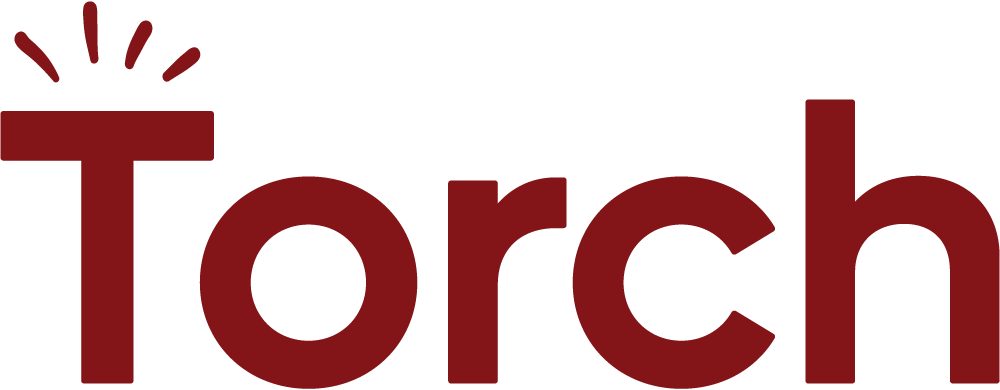5 signs your mentorship is working
So you’ve finally found a mentor or a mentee who is a great fit. But how do you know if your partnership is actually working? And what do you do if you suspect it might be time to find a different mentor or mentee?
To help you identify whether your partnership is on the right track, we’ve compiled a list of five signs that indicate your mentoring relationship is working.
1. You’re meeting consistently
With mentoring, it’s important to establish one simple guideline off the bat: How often will you meet? It could be once a week or several times a month, but the goal is to be consistent.
Consistently taking time demonstrates commitment, which builds trust between the mentor and mentee. Having a regular meeting on the calendar also provides structure to the relationship and minimizes stress, so you can focus on what really matters: development.
Questions to ask yourself:
- Have we been meeting consistently?
- If we haven’t been meeting consistently, what are the common blockers and how can we address them?
- Is our time together productive?
2. You’re both thinking outside the box
Mentors and mentees who are curious and willing to try new tactics will gain the most from a mentoring relationship. Curiosity helps us learn, retain new information, and make progress faster. That’s why the best mentors provide new perspectives and help mentees see troublesome situations in a new light. They also ask questions that challenge mentees to reexamine their beliefs while exploring possible solutions in a supportive environment.
Questions to ask yourself:
- Is my mentor or mentee open to new ideas or ways of approaching things?
- Have we been able to break through the “status quo” and create a mentoring relationship that works specifically for us?
- Do we frequently discuss fresh ideas, perspectives, and approaches to problems?
3. You’re both reaching your goals.
Among the strongest signs of a great partnership is the achievement of both the mentor’s and mentee’s goals. For a mentor, this may be practicing their leadership skills or improving their communication abilities. For a mentor, this may be getting a promotion or building more confidence in their role. Regardless of what the goals are, they need to be explicitly defined at the start of the partnership. Once the goals are defined, they should be examined over time and modified as needed.
Questions to ask yourself:
- Are we both clear on what our goals are for this mentoring relationship?
- Are we having conversations about short-term goals and progress made in reaching them?
- Are we also having conversations about larger, big-picture goals and progress made in reaching them?
Ready to transform how leaders grow?
4. You’re both holding each other accountable.
A sign of a good mentoring relationship is accountability. This means establishing a two-way street where mentors provide honest guidance and mentees hold themselves responsible for meeting established goals. For example, mentors can establish an informal agenda via email, review notes from previous sessions, and brainstorm topics for discussion. Mentees can take notes during the week of wins and losses as they occur so they have a list of conversation topics ready.
Questions to ask yourself:
- Are we both showing up to meetings prepared? If not, what can be improved?
- Are we reviewing what we learned in our previous meetings?
- Are we also checking in on progress made since the last meeting?
5. You’re both truly listening. And you can see each other.
Mentors and mentees spend the entirety of each session talking to each other, so active listening is critical for both parties. When responding to their mentees, mentors should ask thoughtful follow-up questions and never be judgmental. Similarly, mentees should be open-minded to hearing their mentor’s perspective on an issue – regardless of whether or not they agree.
Questions to ask yourself:
- Do we both practice active listening during our sessions?
- Do I feel heard by my mentor or mentee?
- If you do, what does your mentor or mentee do to make you feel heard? If not, what does your mentor or mentee not do?
Uh-oh, it’s not a match. Now what?
If you’ve started to doubt the relationship you have with your mentor or mentee, consider discussing your concerns with them before calling it quits. It may be helpful to try to hone in on why you think the partnership didn’t work. Here are a few questions you can ask yourself:
- Do we have a clash in working styles?
- Is the other person not open-minded enough in providing or implementing solutions?
- Am I not making progress on my goals?
- Do the meetings feel unproductive or not like a valuable use of time?
Addressing questions like these will help you identify the specific issue and can help you pick a new mentor or mentee in the future – or even save your current mentoring relationship. If you still decide the partnership isn’t working, it may be time to have a conversation.








